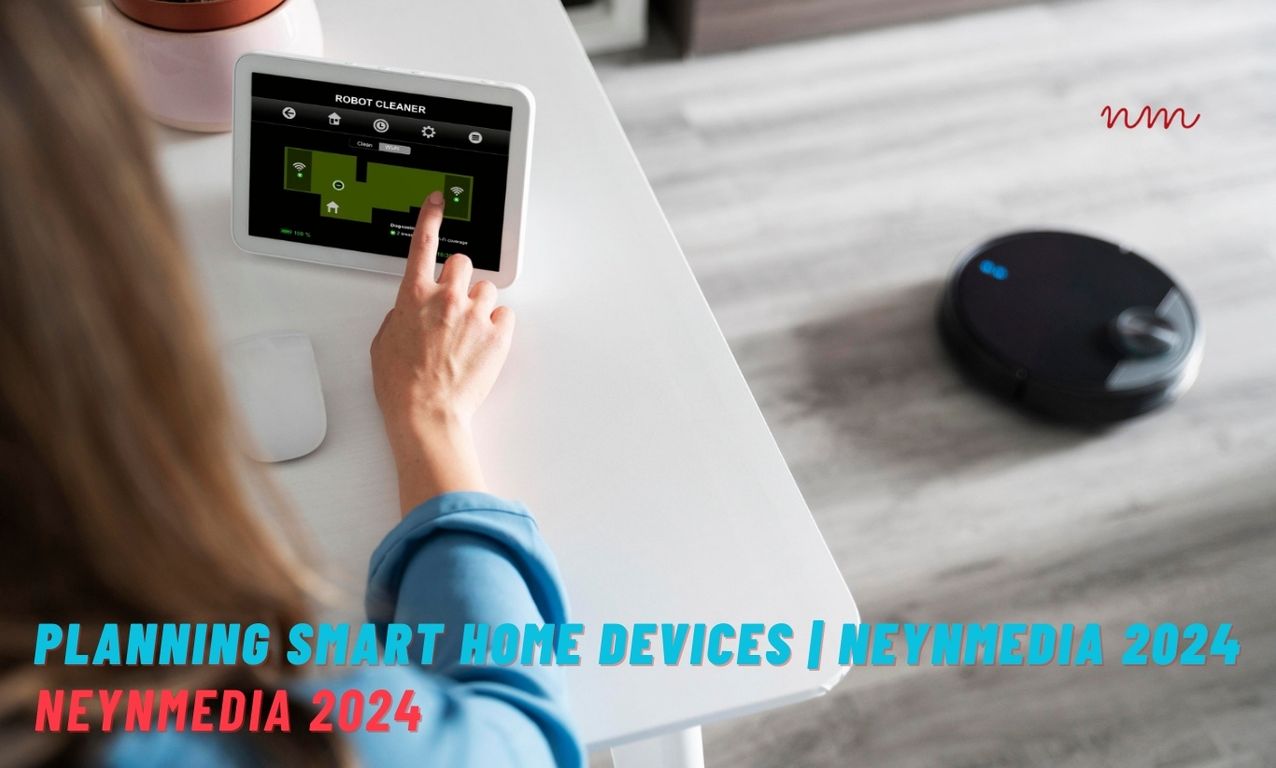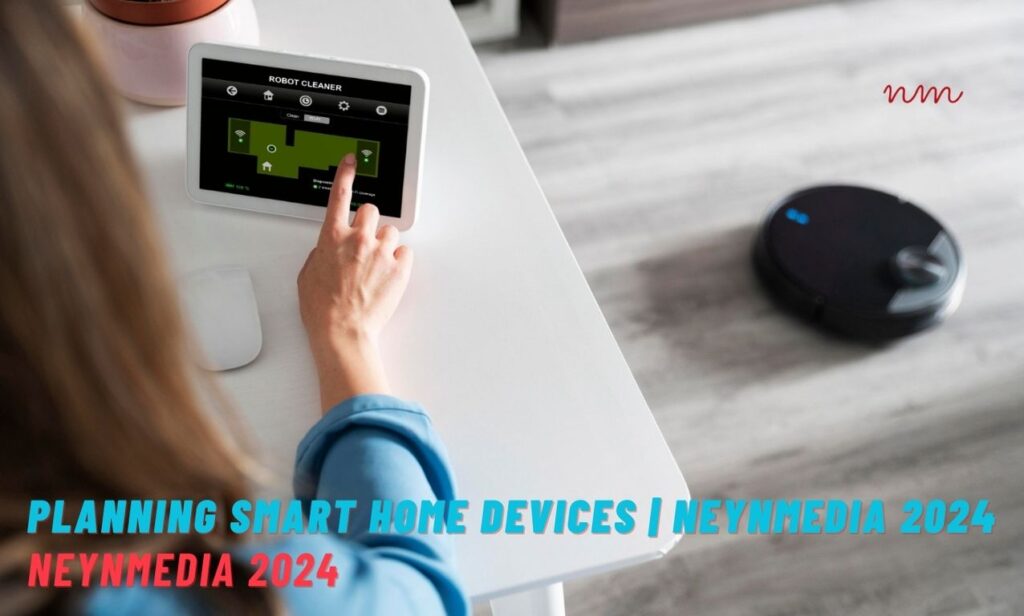Planning Smart Home Devices: A Comprehensive Guide to Enhancing Your Living Space
I’ve been writing about home automation and smart devices for over a decade, and I’ve seen firsthand how these technologies can transform the way we live. In this blog article, I’ll share some strategies for planning smart home devices that will help you create a more comfortable, convenient, and secure living space.
I believe that the key to a successful smart home is to start with a plan. Before you buy any devices, take some time to think about what you want to achieve. Do you want to save energy? Make your home more secure? Or simply make it more fun to live in? Once you know your goals, you can start to choose devices that will help you achieve them.
In my opinion, the best way to plan a smart home is to start with a room-by-room approach. Think about how you use each room and what devices would be most beneficial. For example, in the living room, you might want to install a smart TV, a smart thermostat, and some smart lights. In the kitchen, you might want to install a smart refrigerator, a smart oven, and a smart dishwasher. And in the bedroom, you might want to install a smart alarm clock, a smart speaker, and some smart blinds.
Planning Smart Home Devices
In the era of technological advancements, smart home devices have emerged as a revolutionary force, transforming the way we interact with our living spaces. From voice-activated assistants to automated lighting systems, these devices offer a plethora of benefits, including convenience, energy efficiency, and enhanced security. However, before embarking on the journey of integrating smart home devices into your abode, careful planning is essential to ensure a seamless and satisfactory experience.
1. Define Your Needs and Goals:
The foundation of a successful smart home setup lies in clearly identifying your needs and goals. Consider your lifestyle, daily routines, and specific preferences. Are you seeking enhanced entertainment options, improved energy efficiency, or heightened security measures? Once you have a clear understanding of your objectives, you can begin selecting devices that align with your vision.
2. Research and Compare Devices:
With a myriad of smart home devices available in the market, thorough research is crucial to make informed decisions. Explore various brands, models, and features to find devices that cater to your specific requirements. Read reviews, compare prices, and consider compatibility with your existing home systems. This due diligence will help you select devices that deliver optimal performance and value for money.
3. Consider Interoperability and Compatibility:
In the realm of smart home technology, interoperability and compatibility are paramount. Ensure that the devices you choose can seamlessly communicate and work together. This may involve selecting devices from the same brand or opting for devices that support open standards like Zigbee or Z-Wave. By prioritizing interoperability, you can create a cohesive smart home ecosystem that functions harmoniously.
4. Plan for Installation and Maintenance:
The successful implementation of smart home devices requires careful planning for installation and maintenance. Consider the technical expertise required for setup and any potential modifications to your home’s infrastructure. If DIY installation seems daunting, consider hiring a professional to ensure proper configuration and minimize the risk of technical glitches. Additionally, establish a regular maintenance routine to keep your devices functioning optimally and address any software updates or firmware upgrades.
5. Prioritize Security and Privacy:
As you embrace the convenience of smart home devices, it is imperative to prioritize security and privacy. Choose devices that employ robust encryption protocols to protect your data from unauthorized access. Additionally, be mindful of the permissions you grant to smart home apps and services. Regularly review your privacy settings and consider using a VPN to enhance your online security. By taking these precautions, you can safeguard your personal information and maintain control over your smart home ecosystem.
By following these comprehensive planning guidelines, you can create a smart home that seamlessly integrates with your lifestyle, enhances your comfort, and provides peace of mind. Embrace the transformative power of smart home technology and elevate your living experience to new heights of convenience, efficiency, and security.
FAQs about planning smart home devices
What are the benefits of using smart home devices?
Planning Smart Home Devices can offer a range of benefits, including increased convenience, energy efficiency, security, and entertainment options. They can also help to automate tasks, such as turning on lights, adjusting the thermostat, and locking the doors.

What are the different types of smart home devices available?
There are a wide variety of smart home devices available, including smart lights, smart thermostats, smart door locks, smart cameras, and smart speakers. Each type of device offers different features and benefits, so it’s important to choose the ones that best suit your needs.
How do I choose the right smart home devices for my home?
When choosing smart home devices, it’s important to consider your needs and budget. You should also think about the compatibility of the devices with your existing home systems and the ease of installation. It’s also a good idea to read reviews of different devices before making a purchase.
How do I install smart home devices?
The installation process for smart home devices can vary depending on the type of device and the manufacturer. Some devices are easy to install yourself, while others may require professional installation. It’s important to read the instructions carefully before attempting to install any smart home devices.
How do I secure my smart home devices?
It’s important to take steps to secure your smart home devices from unauthorized access. This includes using strong passwords, enabling two-factor authentication, and keeping your devices up to date with the latest security patches. You should also be aware of the potential security risks associated with using smart home devices and take steps to mitigate those risks.
Recent Post :



